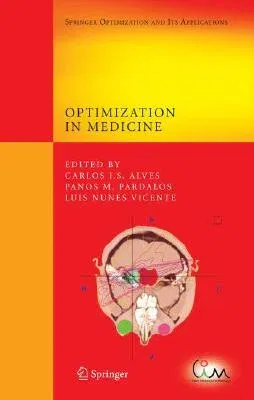Optimization has become an essential tool in addressing the limitation
of resources and need for better decision-making in the medical field.
Both continuous and discrete mathematical techniques are playing an
increasingly important role in understanding several fundamental
problems in medicine.
This volume presents a wide range of medical applications that can
utilize mathematical computing. Examples include using an algorithm for
considering the seed reconstruction problem in brachytherapy and using
optimization-classification models to assist in the early prediction,
diagnosis and detection of diseases. Discrete optimization techniques
and measures derived from the theory of nonlinear dynamics, with
analysis of multi-electrode electroencephalographic (EEG) data, assist
in predicting impending epileptic seizures. Mathematics in medicine can
also be found in recent cancer research. Sophisticated mathematical
models and optimization algorithms have been used to generate treatment
plans for radionuclide implant and external beam radiation therapy.
Optimization techniques have also been used to automate the planning
process in Gamma Knife treatment, as well as to address a variety of
medical image registration problems.
This work grew out of a workshop on optimization which was held during
the 2005 CIM Thematic Term on Optimization in Coimbra, Portugal. It
provides an overview of the state-of-the-art in optimization in medicine
and will serve as an excellent reference for researchers in the medical
computing community and for those working in applied mathematics and
optimization.

